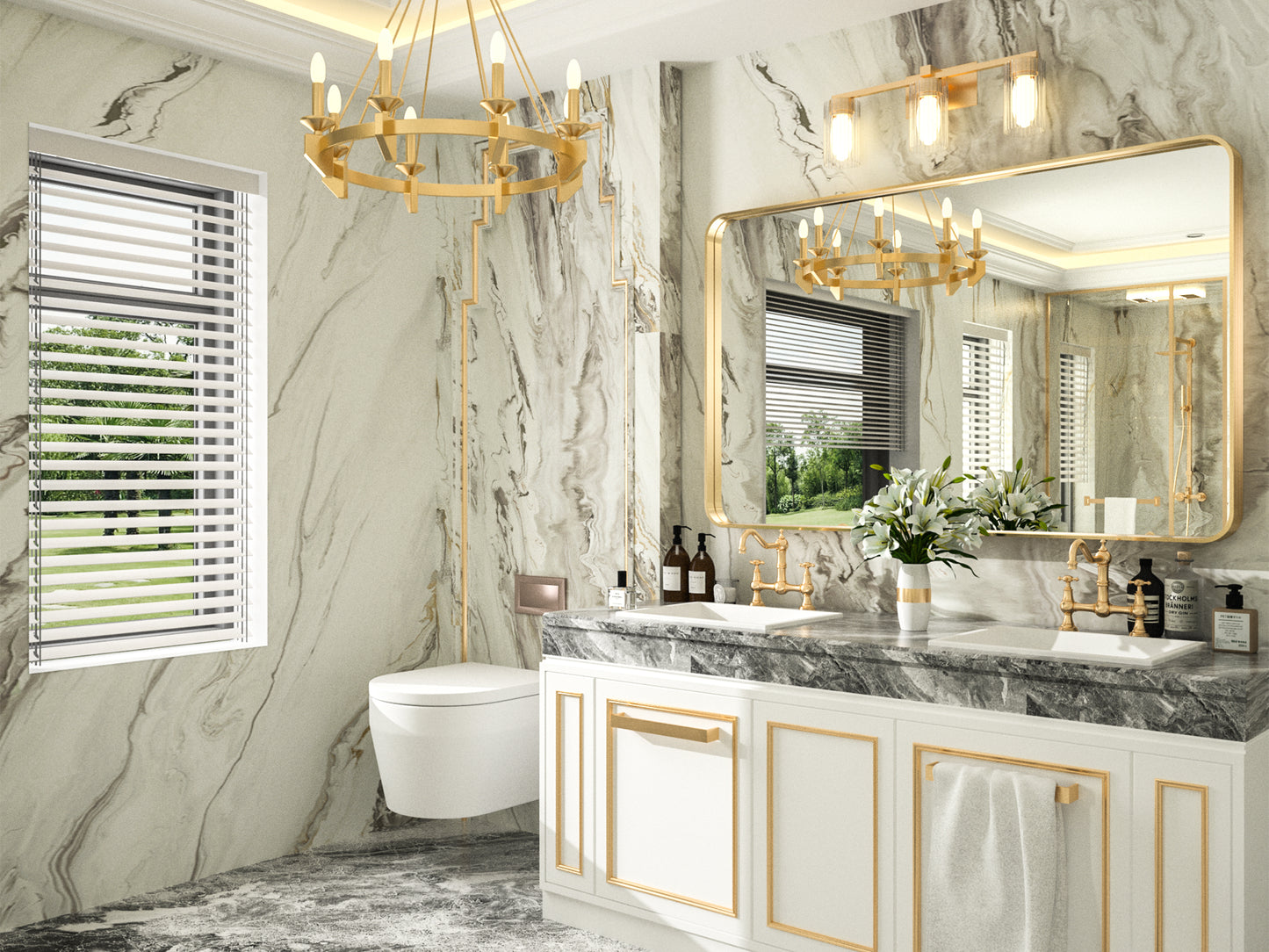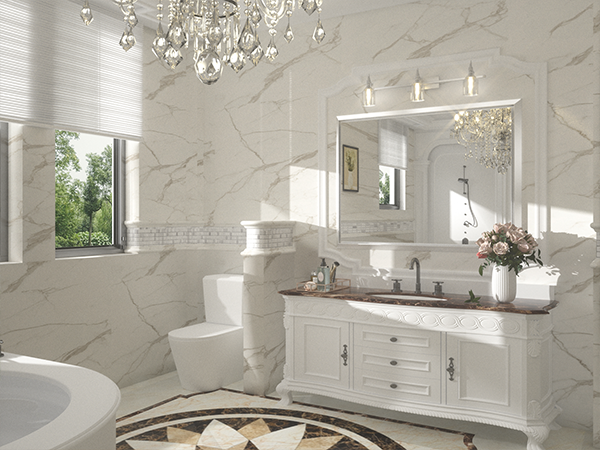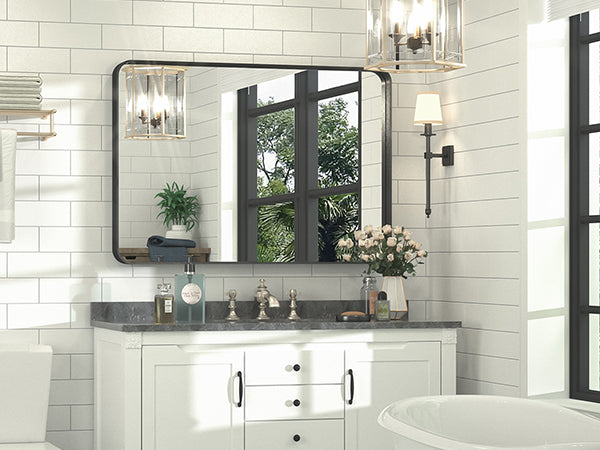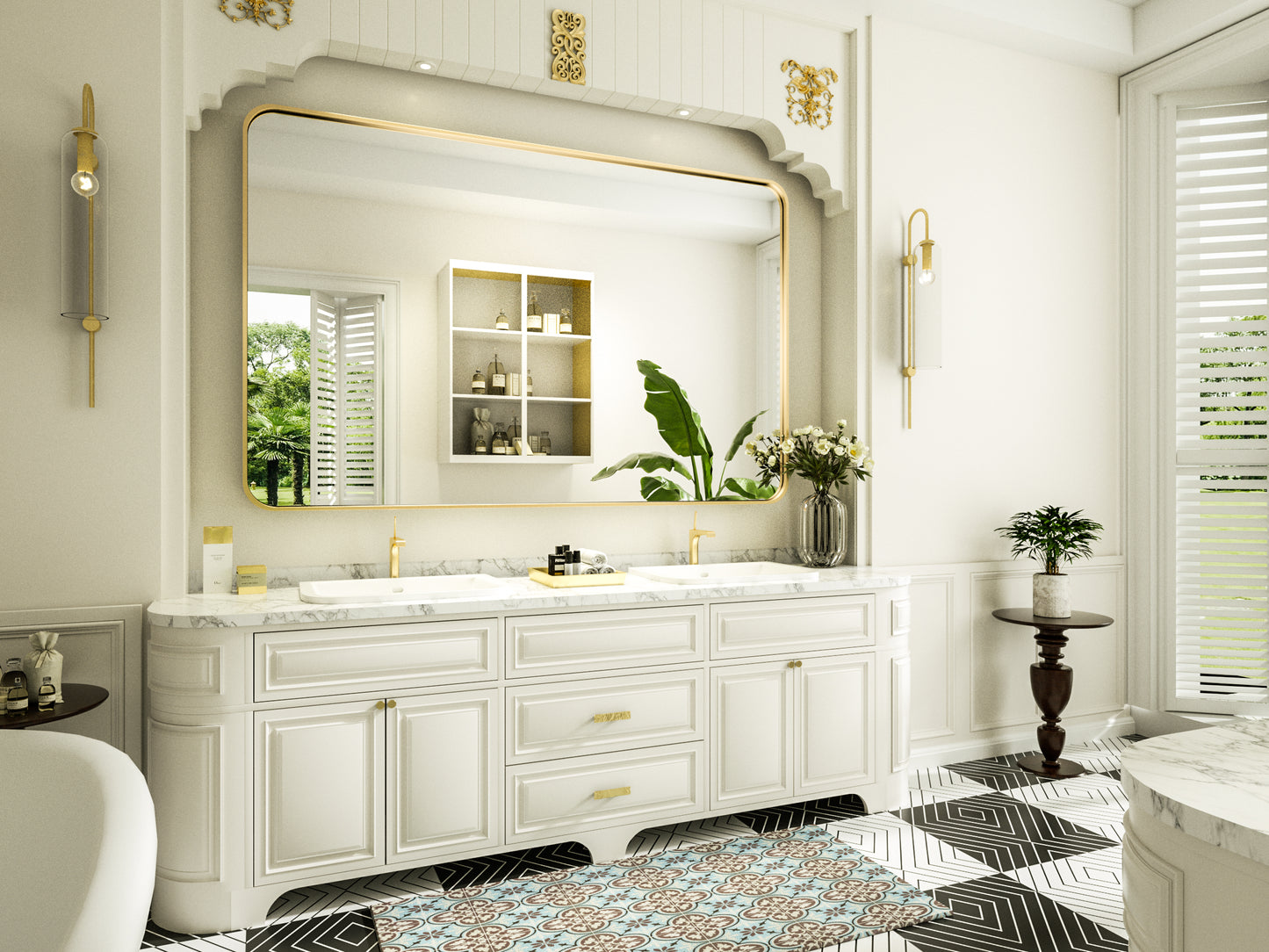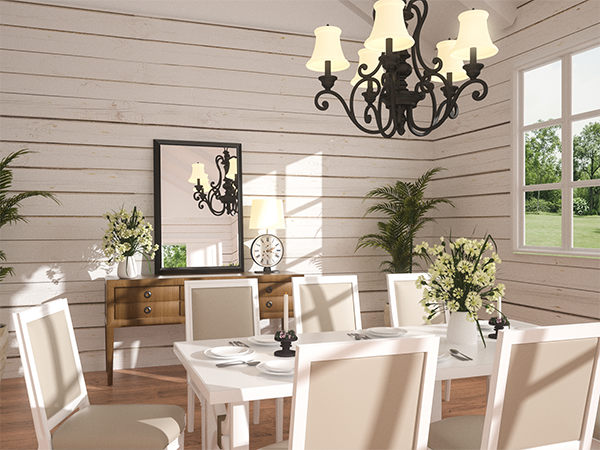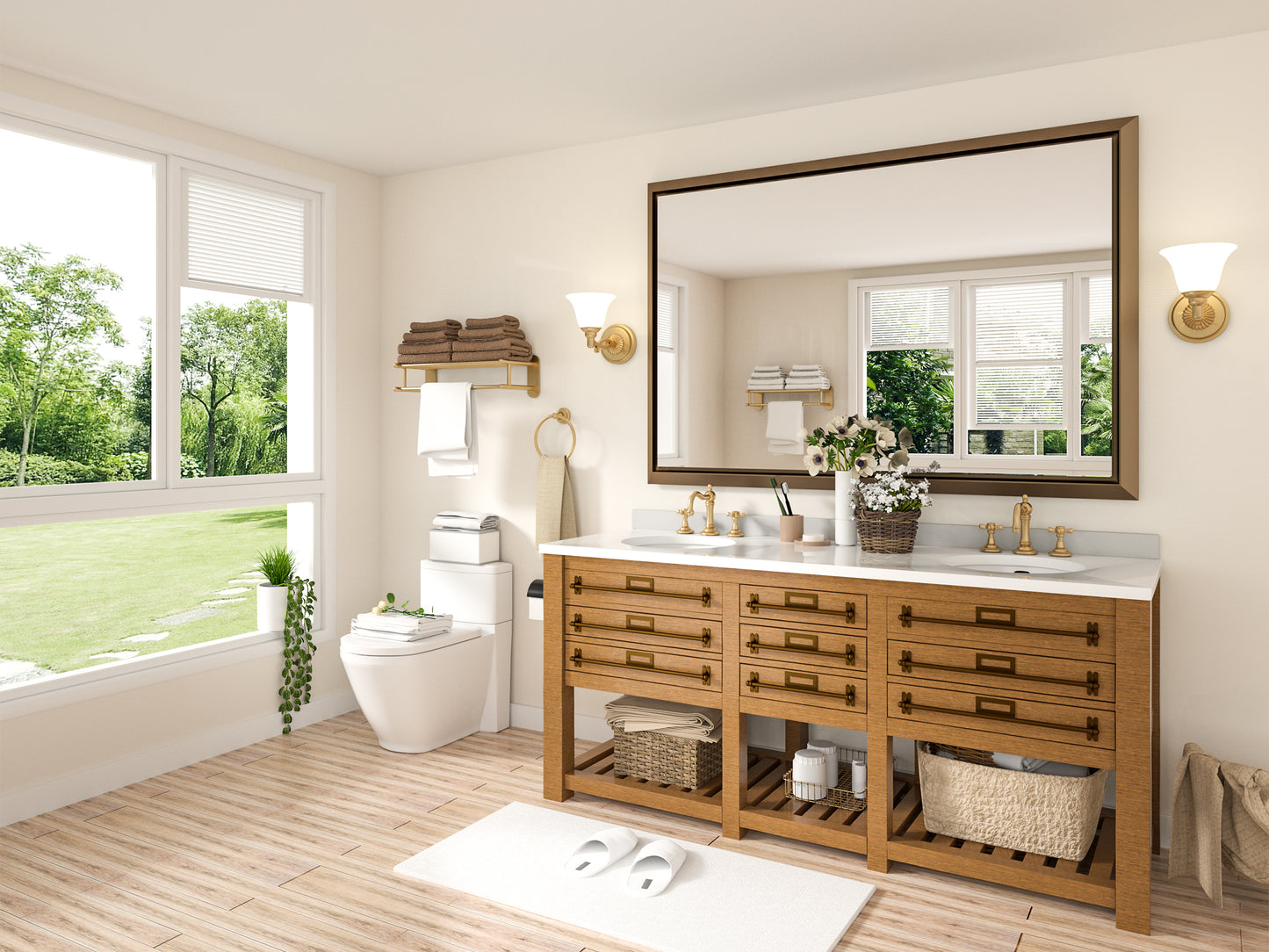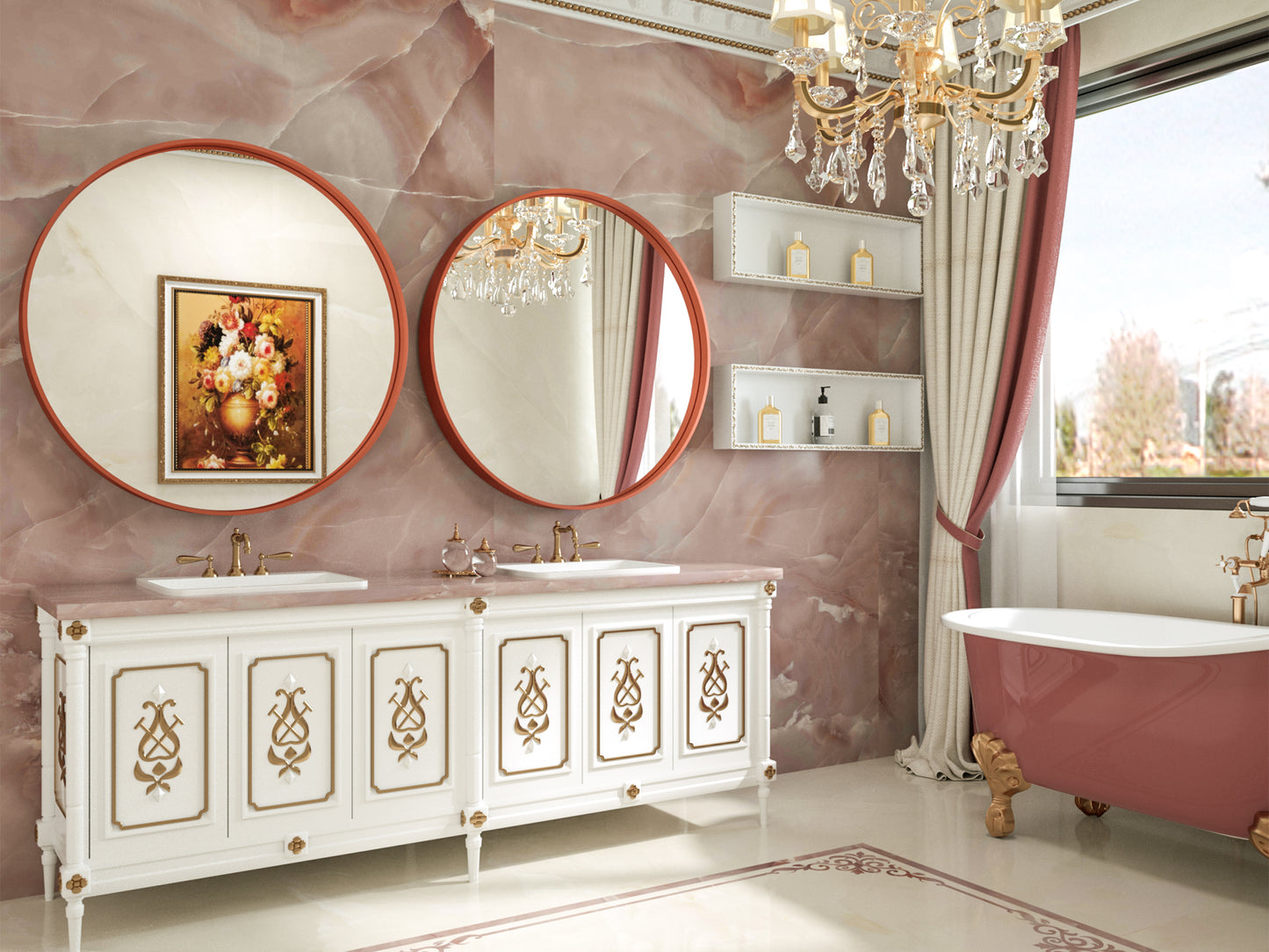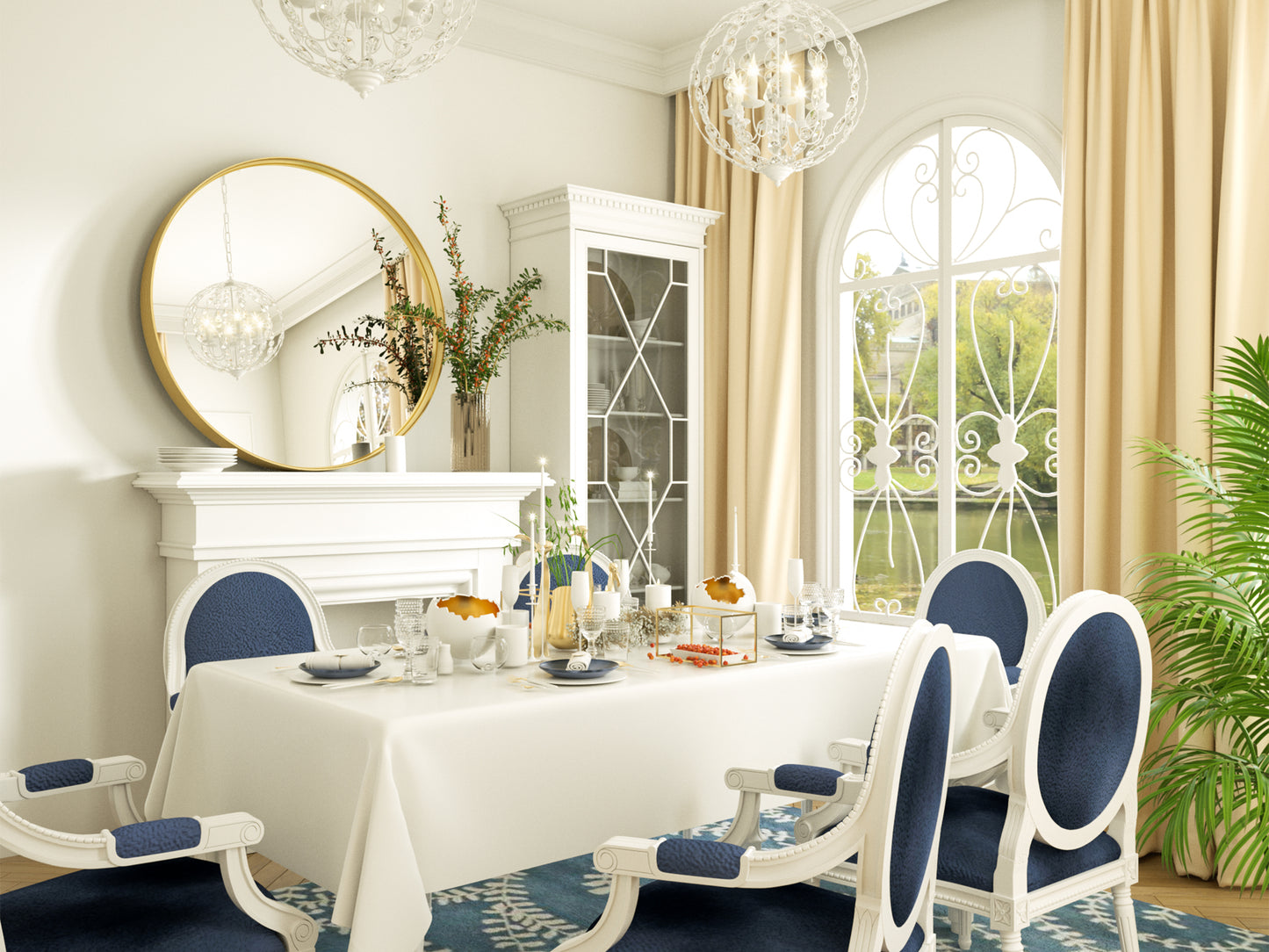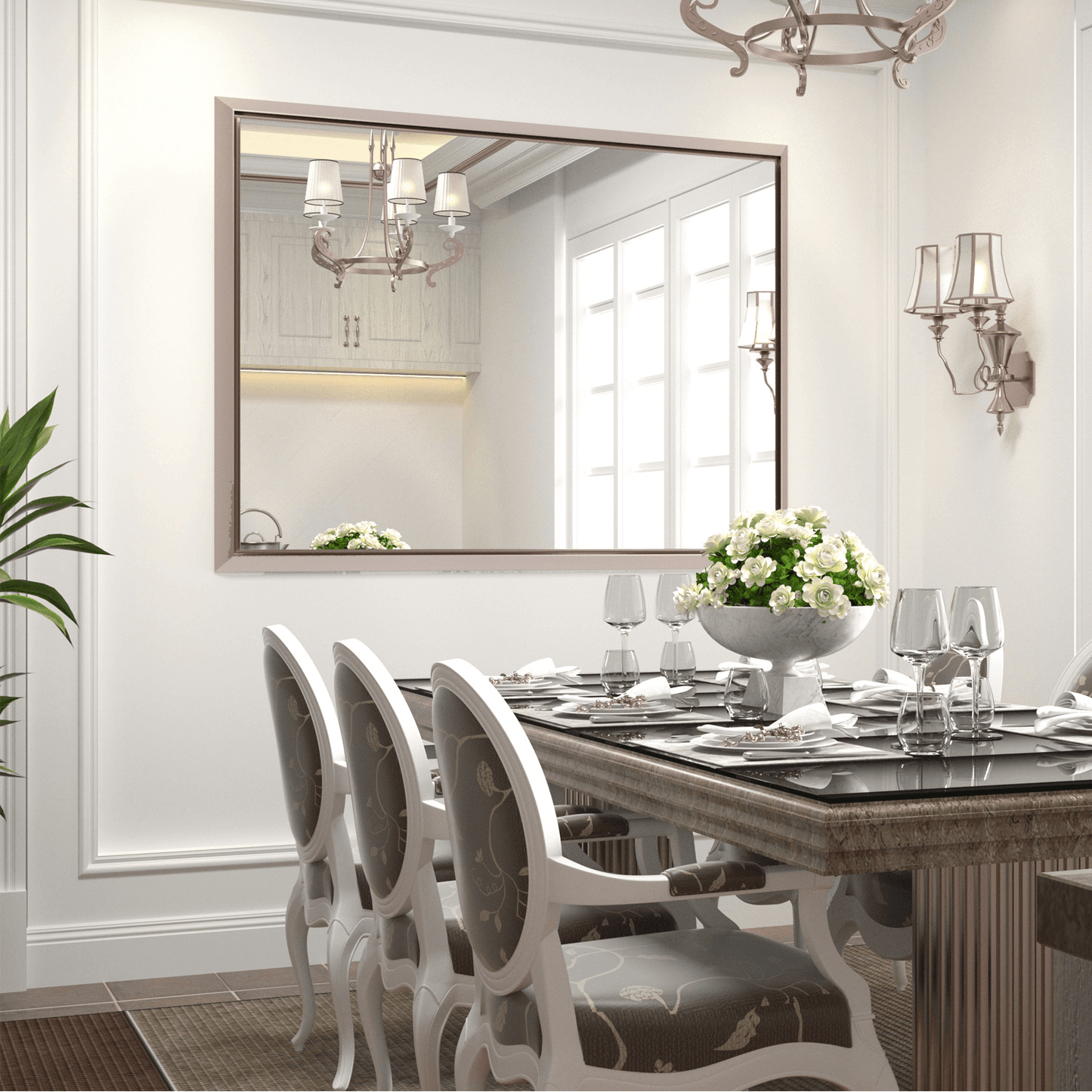
Photo by PILOCOSMIRROR
Have you ever wondered about the origins of the vanity mirror? How did it evolve from simple pools of water to the stylish and functional mirrors we use today?
In this article, we will take a journey through time, exploring the fascinating history of vanity mirrors and how they have transformed over the years.
From ancient metal mirrors
to the modern trend of vanity mirrors with lights. We will uncover the secrets behind these reflective objects and their significance in our lives. So, let's dive in and explore the evolution of vanity mirrors!
Ancient Mirrors: Reflecting the Past
The Birth of Reflection: Pools of Water
In the earliest days, mirrors were not objects but rather the still, dark waters of lakes and pools. Humans unknowingly discovered their reflections when they gazed into these bodies of water. This primal encounter with their own image sparked a curiosity that would eventually lead to the creation of mirrors.
Metal Mirrors: A Glimpse into the Past
As civilizations began to develop, so did the art of mirror-making. The ancient Egyptians and Chinese were among the first to craft mirrors out of metal. The Egyptians used polished bronze mirrors, often shaped like the sun god Re, while the Chinese created mirrors from cast bronze.
These metal mirrors were not only functional but also held great symbolic and religious significance.
In ancient times, these exceptional mirrors were exquisitely adorned with captivating images of revered gods and goddesses like Pan and Aphrodite.
These carefully crafted mirrors stood as precious objects that not only embodied beauty but also held a profound sense of power and divine significance.
The Rise of Glass Mirrors
Glass Mirrors: A Clear Reflection
The invention of glass mirrors marked a significant shift in mirror-making history. While early glass mirrors were crude and imperfect, advancements in glass-making techniques eventually led to clearer and more reflective surfaces.
In the 12th century, guilds of skilled mirror-makers arose in vibrant cities like Nuremberg and Venice.
To produce these mirrors, a precises application of a thin layer of silver-mercury amalgam was expertly executed onto the rear surface of a glass pane. This technique resulted in a flawless and reflective surface that brought enchantment to any space.
Neoclassical Style: The Mirror as Decorative Art
During the 18th century, mirrors became highly sought-after decorative objects. Mirrors were incorporated into neoclassical designs by influential designers such as Robert Adam and Thomas Chippendale, resulting in elaborate and elegant frames that added a touch of sophistication to any space.
The use of mirrors in interior design became a symbol of wealth and sophistication. They were not only functional but also served as works of art, reflecting the artistic tastes and styles of the time.
The Modern Trend: Vanity Mirrors with Lights
Vanity Mirrors: A Stylish and Functional Addition
In recent years, a new trend has emerged in the world of mirrors - vanity mirrors with lights. These mirrors, often found in bathrooms and dressing rooms, combine style and functionality to enhance the grooming experience.
Vanity mirrors with lights provide optimal lighting conditions for tasks such as applying makeup, styling hair, and grooming. With built-in LED lights, adjustable brightness settings, and even magnification features, these mirrors have become a staple in modern bathrooms and vanity areas.
Black Mirrors: A Contemporary Twist
Another popular trend in mirror design is the use of black mirrors. These sleek and modern mirrors feature frames or backings in black, adding a touch of sophistication and elegance to any space. Black mirrors are versatile and can complement a wide range of interior styles, from minimalist to industrial.
Mirrors and Spiritual Beliefs
Mirrors as Magical Objects
Throughout history, mirrors have held mystical and spiritual significance in various cultures.
Ancient civilizations like the Egyptians and Mayans believed that mirrors had the power to connect with the spirit world and predict the future.
Priests in Taoism used mirror to practice magic and ward off evil spirits
In Chinese culture, mirrors were buried with the dead to protect them from misfortune and evil spirits.
Even in modern times, mirrors continue to hold significance in practices such as feng shui. It is believed that the placement of mirrors within a room can influence the energy and overall harmony of the space.
The Influence of Mirrors in Home Decor
Mirrors as Reflective Decor
Mirrors have long been used as decorative elements in homes. They can create the illusion of space, reflect light, and enhance the overall aesthetic of a room. From large statement mirrors to small accent mirrors, there are endless possibilities for incorporating mirrors into home decor.
Whether it's a vintage-inspired metal mirror or a sleek and modern vanity mirror, the right mirror can add depth and style to any space. Mirrors can be hung on walls, displayed on tabletops, or even incorporated into furniture pieces like mirrored dressers or cabinets.
Conclusion
Today, vanity mirrors have become an essential part of our daily routines, reflecting not only our physical appearance but also our aspirations and self-perception.
They serve as a tool for self-reflection, allowing us to examine and enhance our features, while also embodying our desire for beauty and functionality.
The evolution of vanity mirrors is a testament to our ongoing pursuit of self-improvement and the ever-changing standards of beauty in society.
Throughout history, mirrors have been important in our lives and homes. They have change from ancient metal mirrors to modern vanity mirrors with light and black mirror
As we adopt new technologies and design trends, the future of vanity mirrors will be more innovative and exciting.
Whether you're in search of the ideal bathroom mirror or aiming to infuse your home decor with a stylish flair. Keep in mind the profound history and symbolism that accompanies these remarkable reflections.
